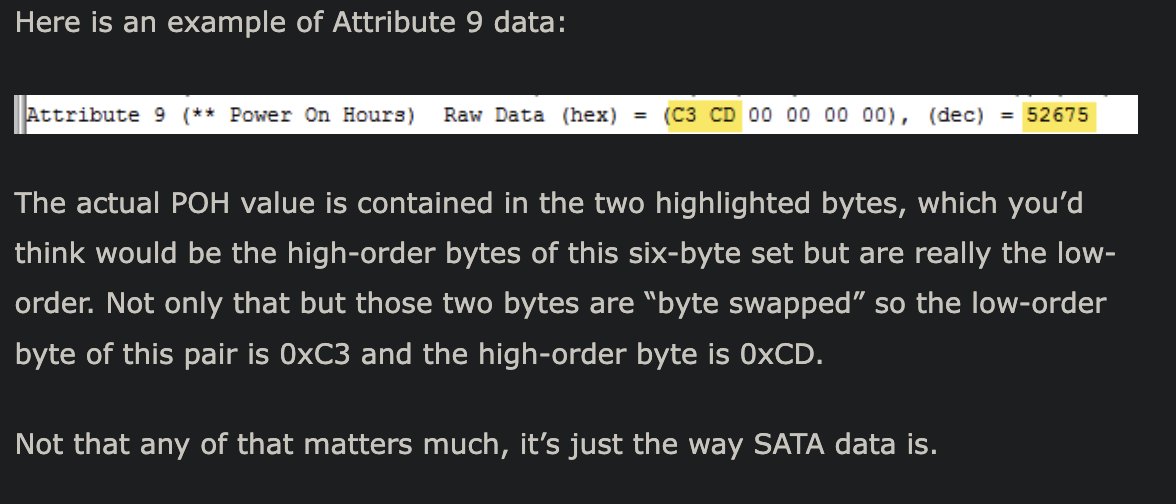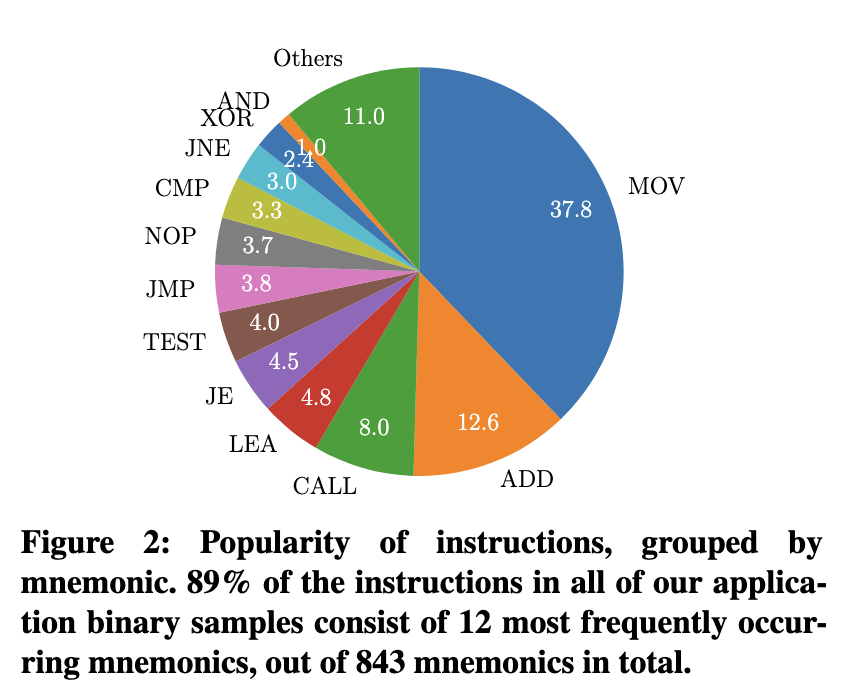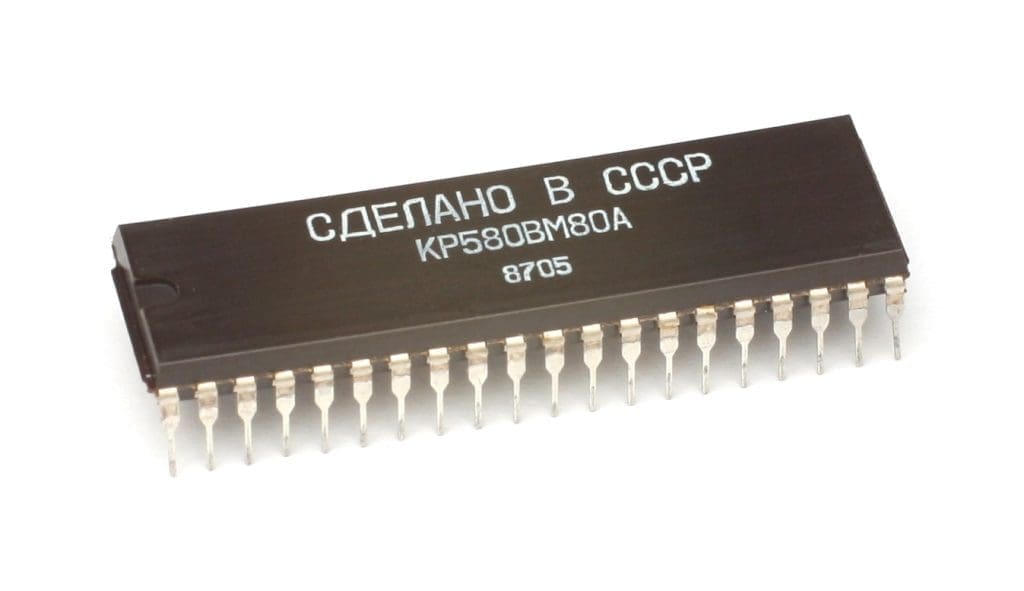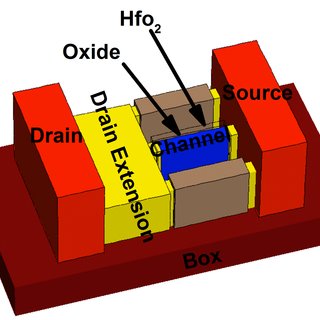Airbags are terrible for hearing.
~170db explosions of air aren't exactly pleasant.
Yet, milliseconds before impact, a clever blast of pink noise can reduce hearing loss 40%!
Mercedes solved it with software 10+ years ago. Still, no one has copied it:

~170db explosions of air aren't exactly pleasant.
Yet, milliseconds before impact, a clever blast of pink noise can reduce hearing loss 40%!
Mercedes solved it with software 10+ years ago. Still, no one has copied it:


If you’re cool, you can activate the stapedius reflex voluntarily. (ear rumblers unite!)
For everyone else, Mercede’s blast of noise manually activates the middle ear muscles.
A taut eardrum taut reduces sound pressure by ~15dB; a LOT on a logarithmic scale.
For everyone else, Mercede’s blast of noise manually activates the middle ear muscles.
A taut eardrum taut reduces sound pressure by ~15dB; a LOT on a logarithmic scale.

As for why other car manufacturers don’t do this…your guess is as good as mine.
The patents are long expired (~1997). Modern cars *know* when they are about to crash.
Just need some cross-domain messaging to go from the safety-critical logic to the infotainment system.
The patents are long expired (~1997). Modern cars *know* when they are about to crash.
Just need some cross-domain messaging to go from the safety-critical logic to the infotainment system.

If you want to maintain your sanity, don’t look at the adoption rates of crash safety technologies.
It’s not some major hardware change! We are talking about software here.
I’m sure it’s mostly cheapness; it’d likely take regulation to force other cars to implement said measures.
But there is a *lot* of low hanging fruit if you start looking for it.
It’s not some major hardware change! We are talking about software here.
I’m sure it’s mostly cheapness; it’d likely take regulation to force other cars to implement said measures.
But there is a *lot* of low hanging fruit if you start looking for it.

• • •
Missing some Tweet in this thread? You can try to
force a refresh































